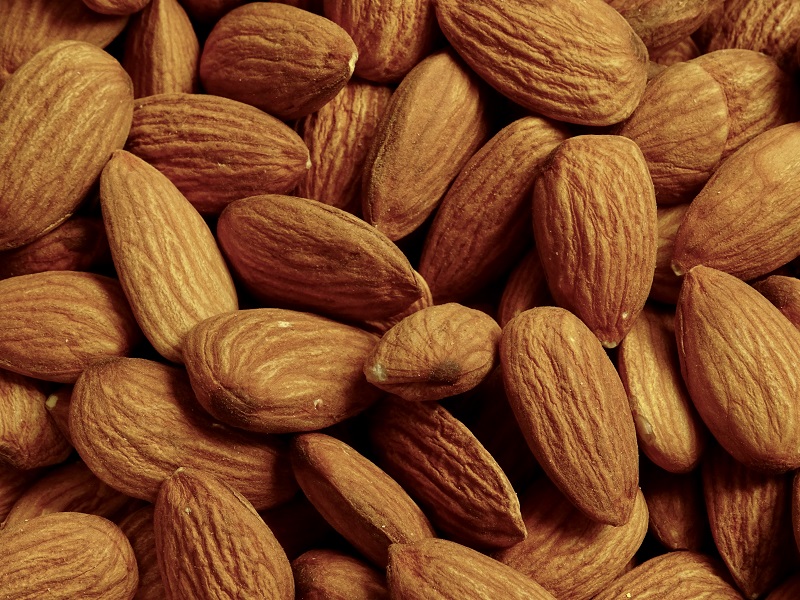Help on the Way for Florida Growers Clobbered by Recent Cold Snap
Florida Gov. Ron DeSantis and the state’s Division of Emergency Management have announced a USDA disaster declaration for 17 counties and 10 contiguous counties impacted by the freezing temperatures that invaded the Sunshine State from January 23-31.
-
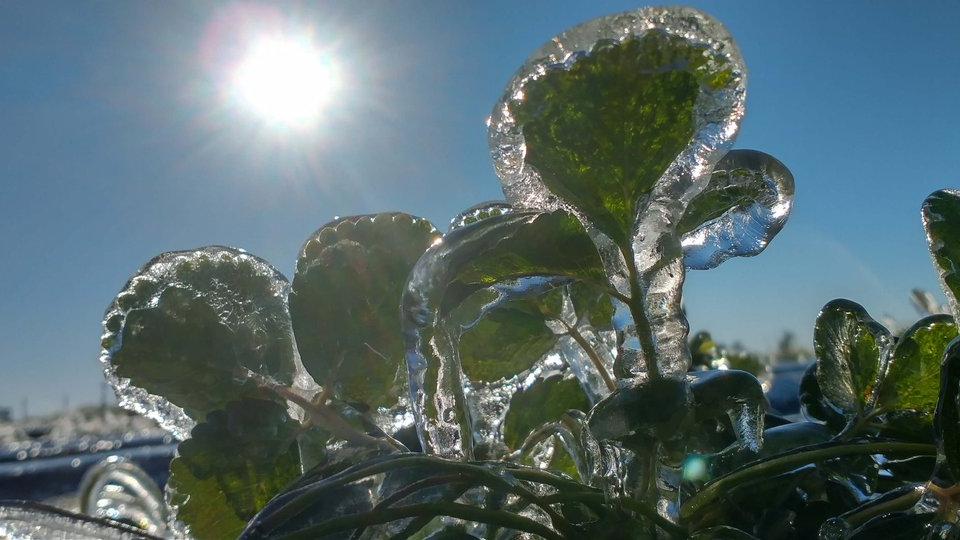
-
1 of 11
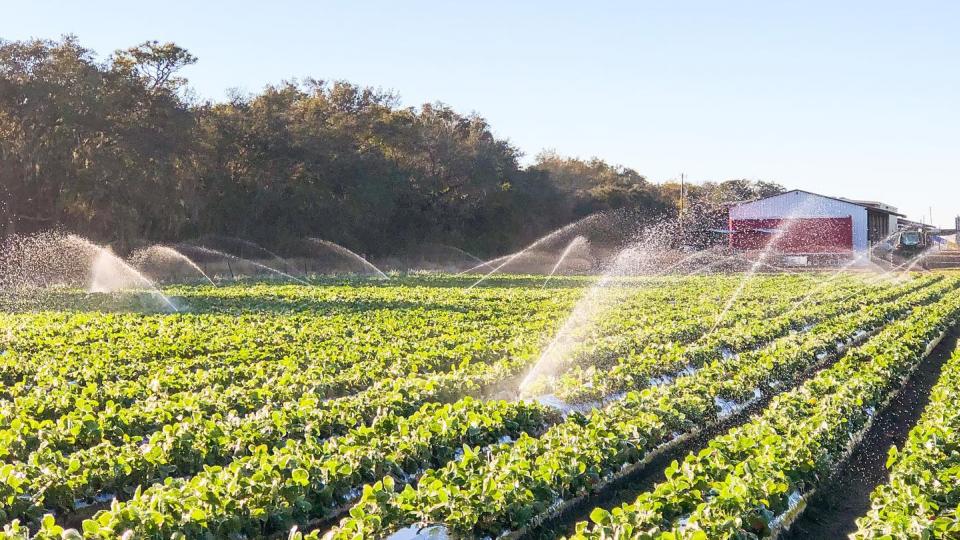
Cold protection practices were in play at Southern Hill Farms in Clermont.
Photo courtesy of Southern Hill Farms -
2 of 11
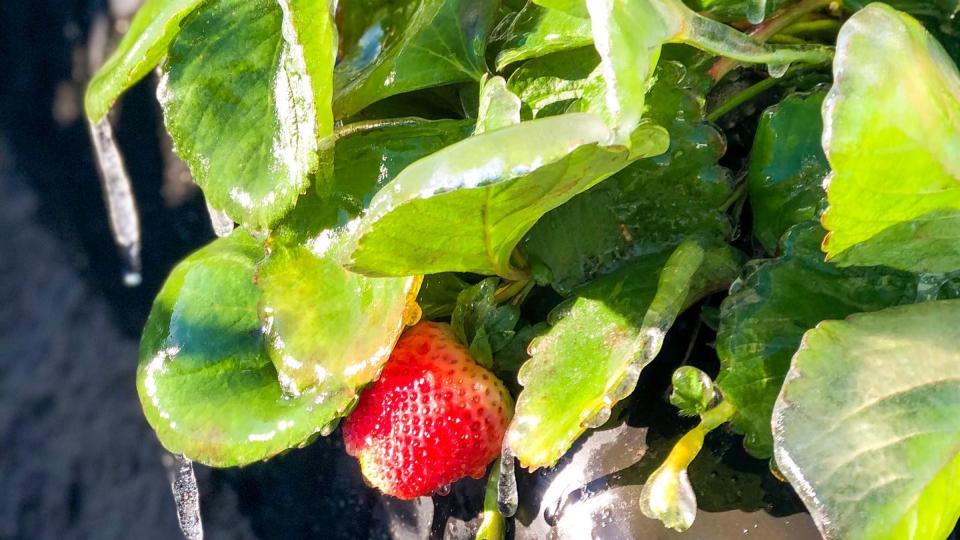
Growers had to get back into the swing of freeze protecting crops with the latest cold snap. It has been several years since temps dipped this low in the Sunshine State.
Photo courtesy of Southern Hill Farms -
3 of 11
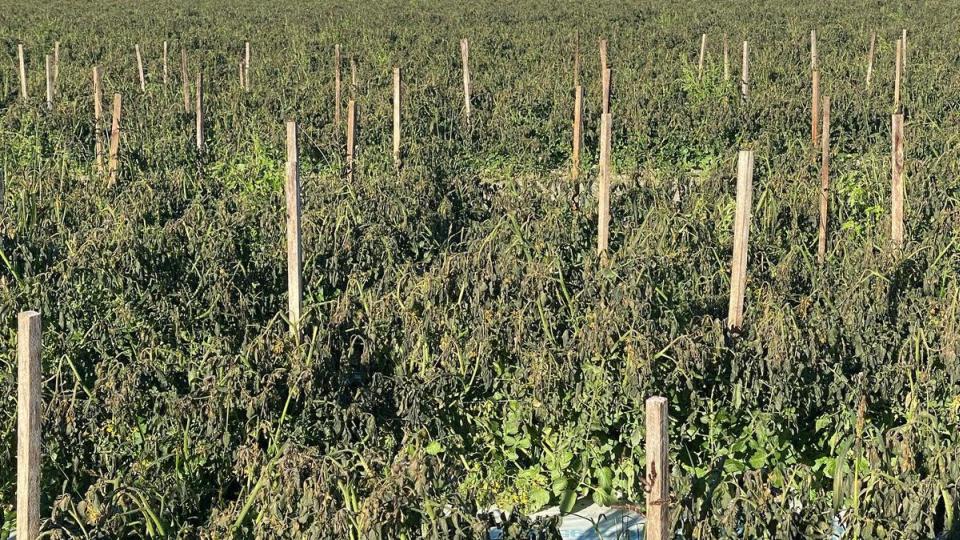
Gene McAvoy, Associate Director of Stakeholder Relations for the UF/IFAS Southwest Florida Research and Education Center in Immokalee, documented crop damage from the latest cold snap on social media. He reported seeing some fields that were severely impacted to others that were basically unscathed and everything in between. Regarding this field shot, he says, "Older tomatoes in colder areas took it hard."
Photo by Gene McAvoy -
4 of 11
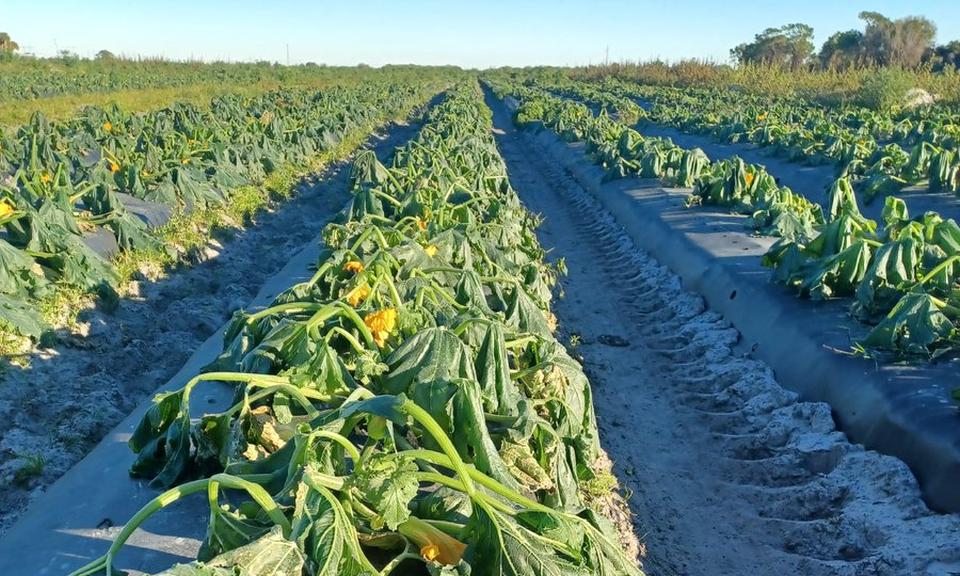
This planting of squash near Indiantown was left uncovered to the elements. The cold has taken its toll.
Photo by Gene McAvoy -
5 of 11
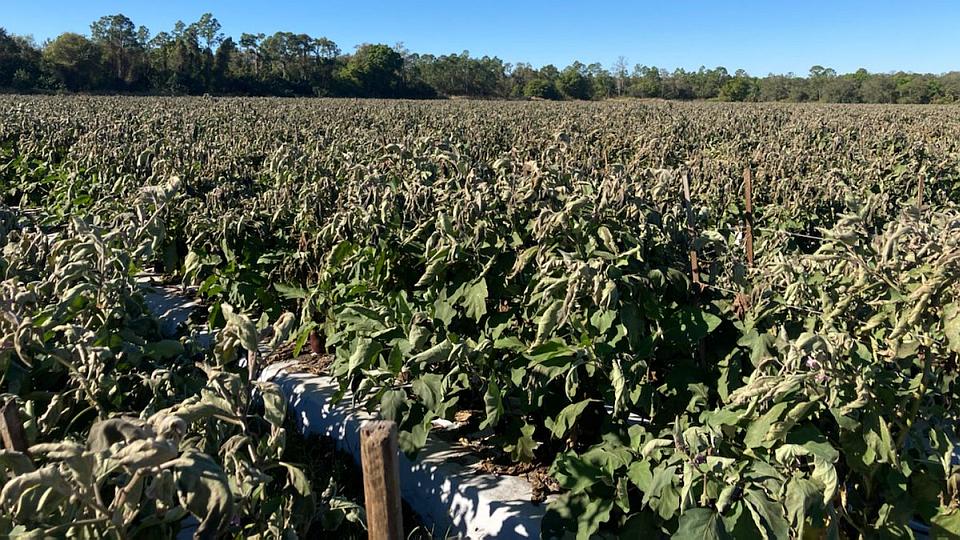
This field of eggplant in South Florida is looking "rough" after its encounter with the recent cold snap.
Photo by Gene McAvoy -
6 of 11
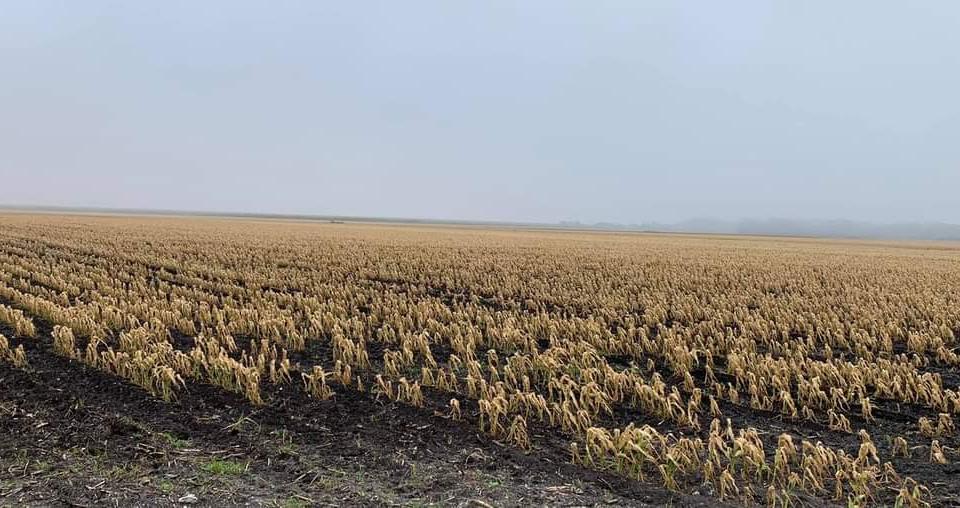
This planting of sweet corn in Palm Beach County did not fare well during and after the recent cold snap. Chalk this one up a loss.
Photo by Gene McAvoy -
7 of 11

Putting water out to ice over sensitive crops might seem counterintuitive, but the practice proves effective to save fruit.
Photo by Vivek Sharma -
8 of 11
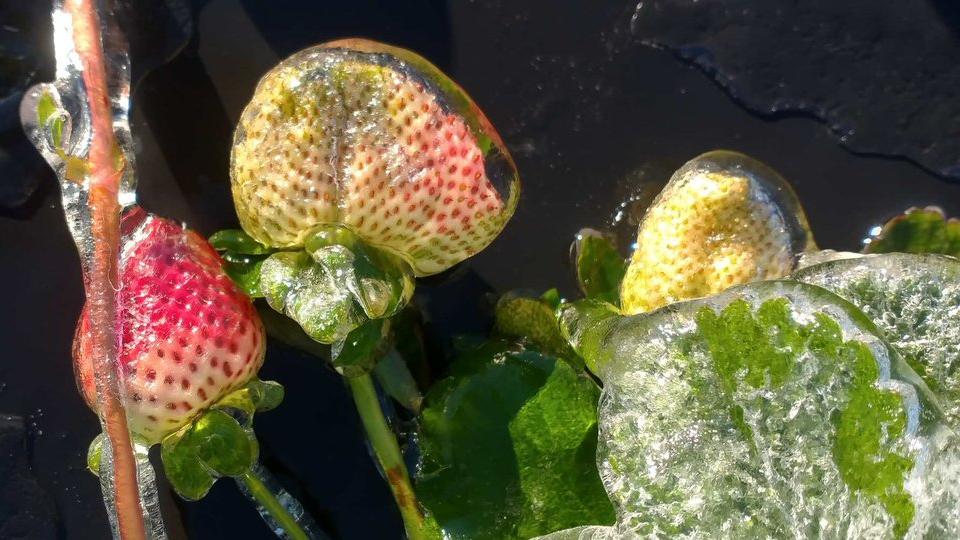
These ice-encased strawberries were the result of a long-night's work of cold protection.
Photo by Vivek Sharma -
9 of 11
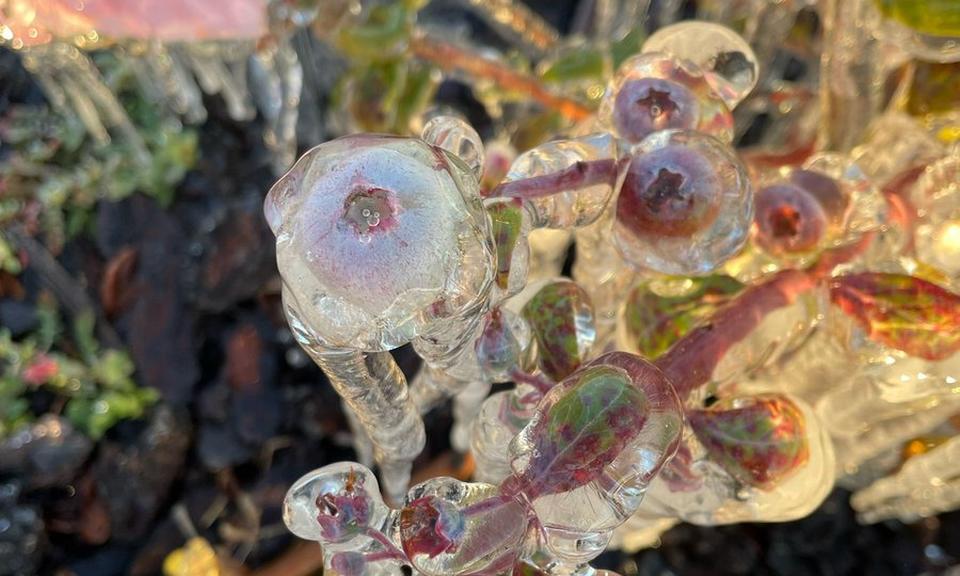
Blueberry harvest time is just around the corner for Florida growers. Producers in the Sunshine State and the rest of the Southeast put long hours in to save their crops.
Photo by Cecilia Heller -
10 of 11
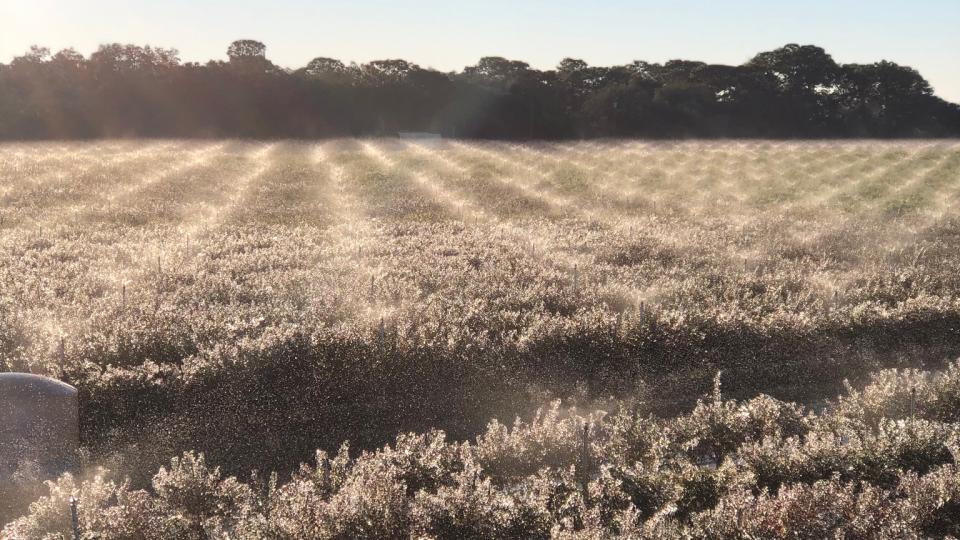
Irrigation is for more than just watering crops. In this case, it's providing an element of protection.
Photo courtesy of Florida Fruit & Vegetable Association -
11 of 11
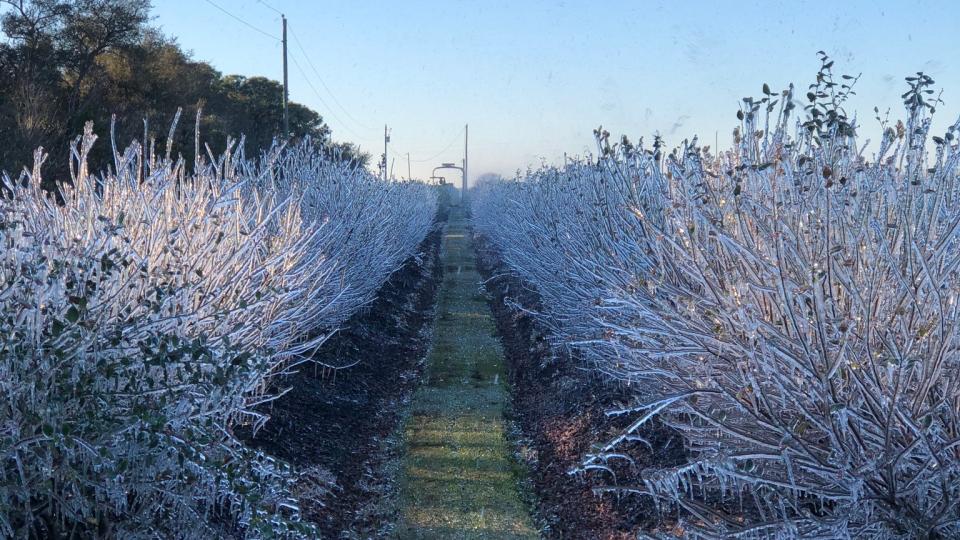
Freeze protection of crops can yield some pretty cool images.
Photo courtesy of Florida Fruit & Vegetable Association
View all
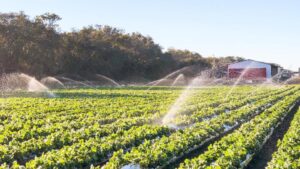
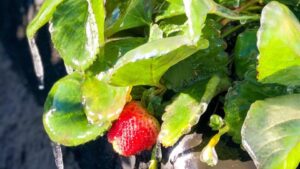
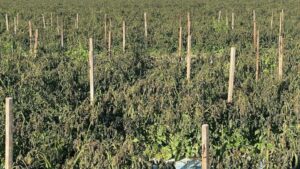
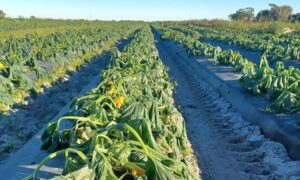
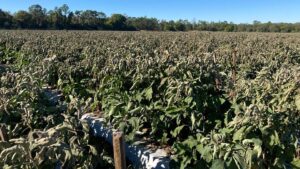
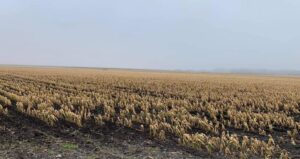

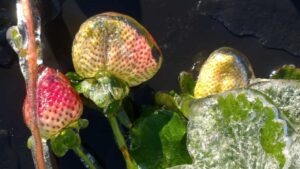
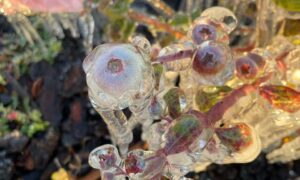
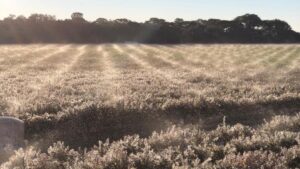
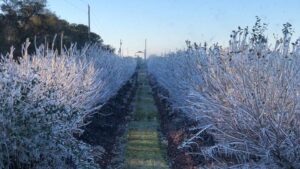
The primary counties eligible for USDA assistance are Broward, Collier, DeSoto, Glades, Hardee, Hendry, Highlands, Hillsborough, Indian River, Manatee, Martin, Okeechobee, Osceola, Palm Beach, Polk, St. Lucie, and Sarasota counties.
The 10 contiguous counties designated for UDSA assistance are Brevard, Charlotte, Lake, Lee, Miami-Dade, Monroe, Orange, Pasco, Pinellas, and Sumter.
A USDA disaster declaration makes farm operators in these counties eligible to be considered for certain assistance from the Farm Service Agency (FSA), including emergency loans. Farmers in eligible counties have 8 months from the date of a USDA disaster declaration to apply for emergency loans.
“With the approval of our request for a disaster declaration, farmers in Florida have resources available to them as they continue their recovery efforts from recent freezing temperatures,” says DeSantis. “I remain committed to supporting our state’s agriculture industry and hardworking farmers.”
Programs available under this declaration include the Noninsured Crop Disaster Assistance Program, the Tree Assistance Program, Emergency Farm Loans, and the Livestock Indemnity Program.
To apply for these programs, agricultural producers impacted by the freezing temperatures in the eligible counties should contact their local Farm Service Agency office. Click here for a list of local FSA offices.
Subscribe Today For

Paul Rusnak is the Senior Online Editor of American Vegetable Grower, American Fruit Grower, and Greenhouse Grower magazines, all Meister Media Worldwide brands. He is based in Northeast Florida. See all author stories here.






